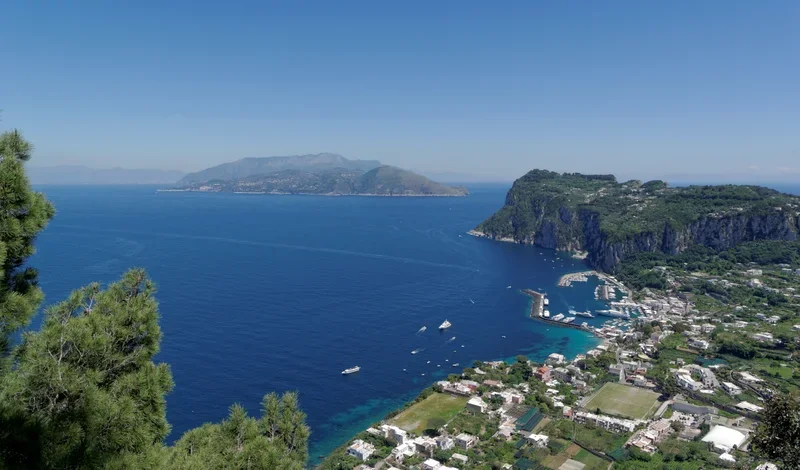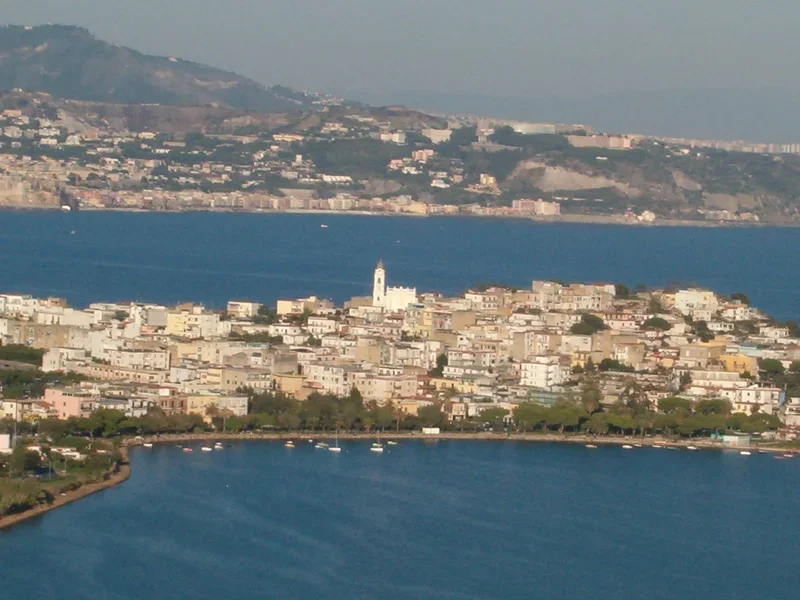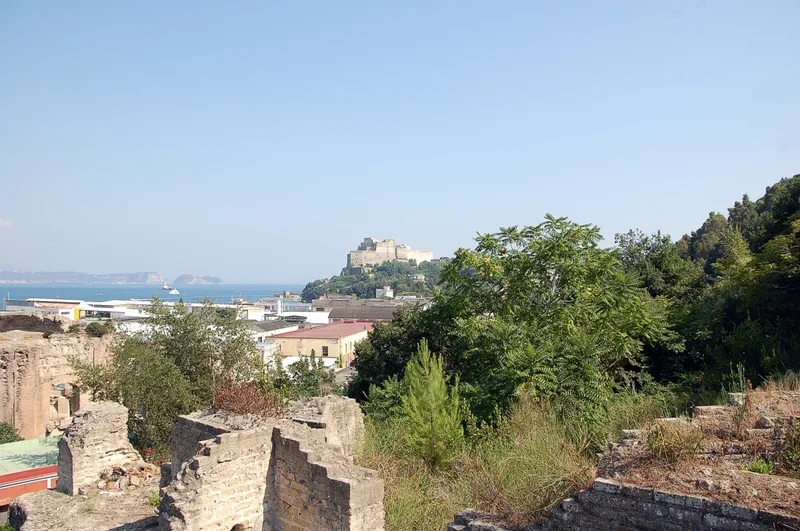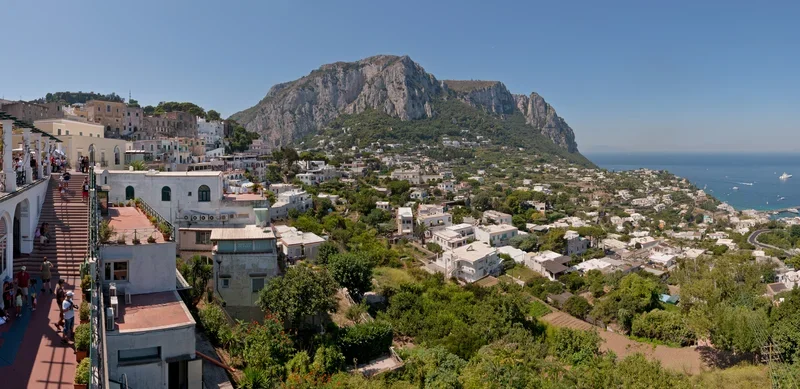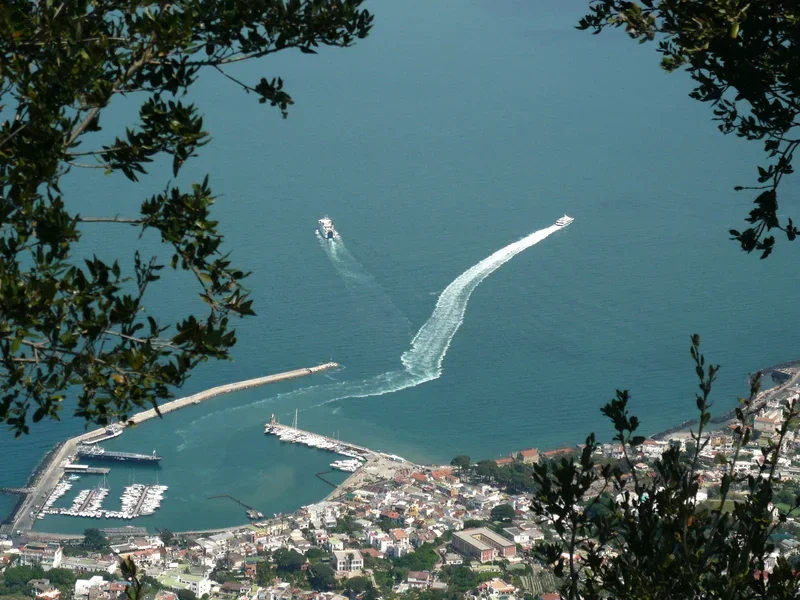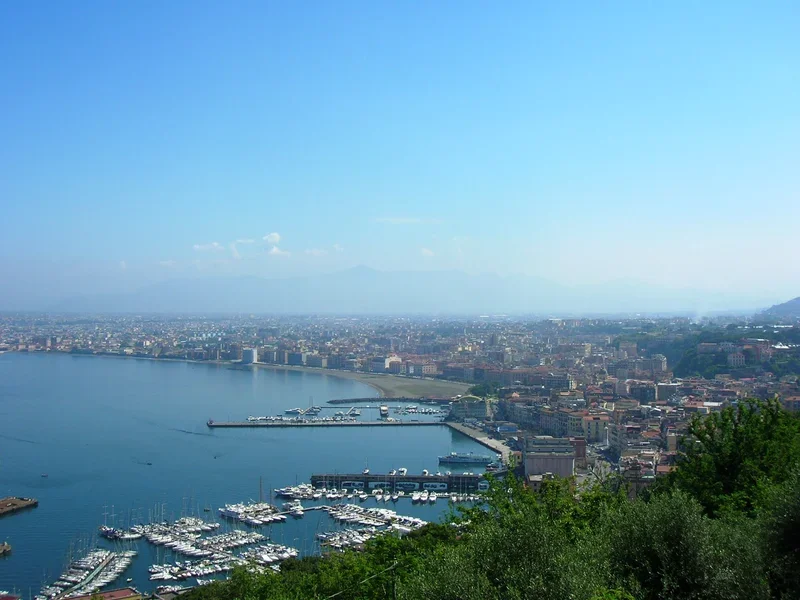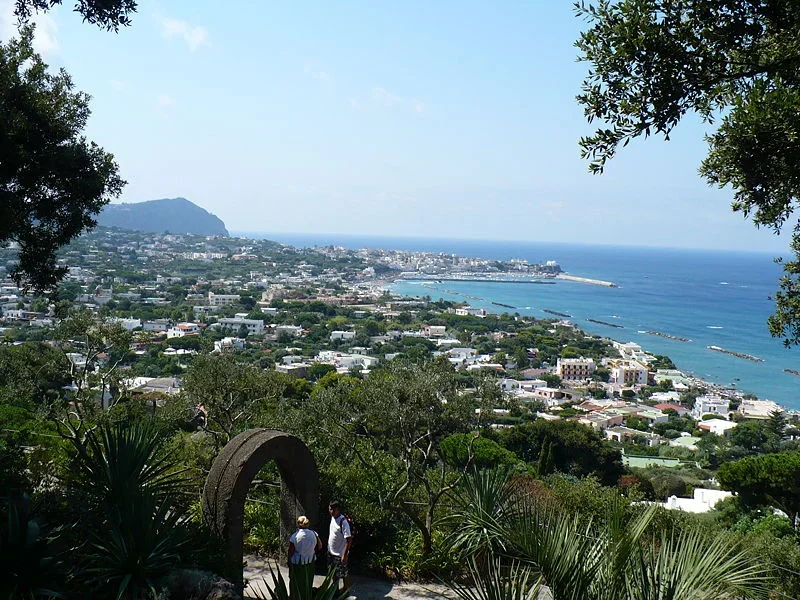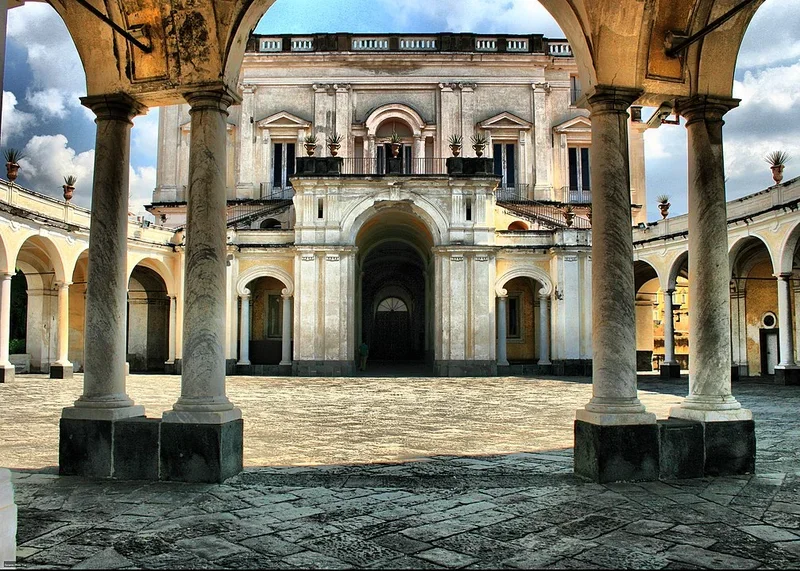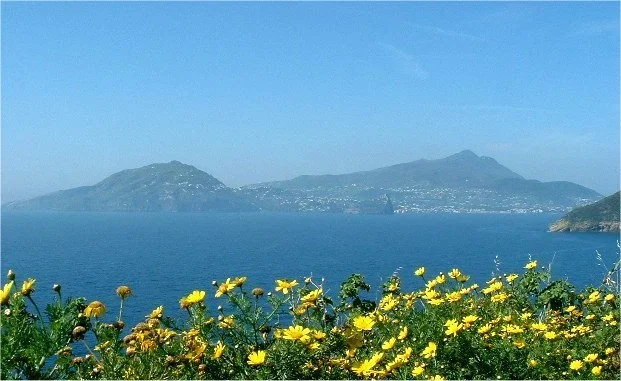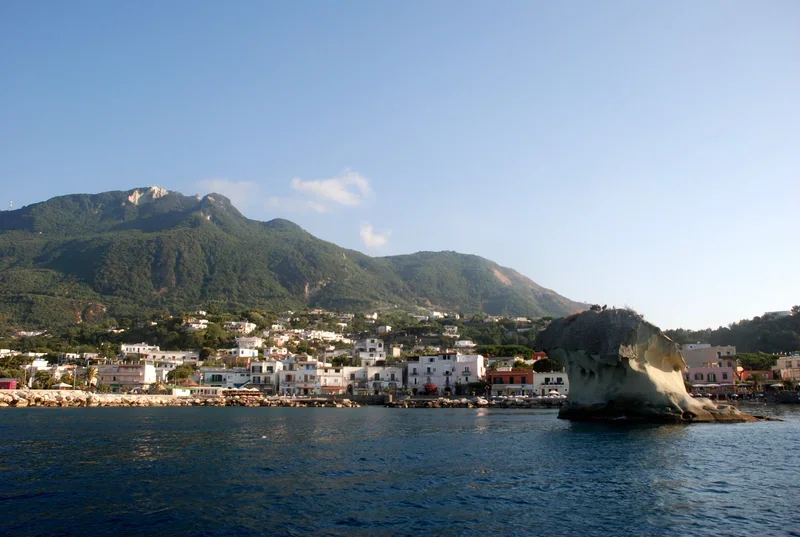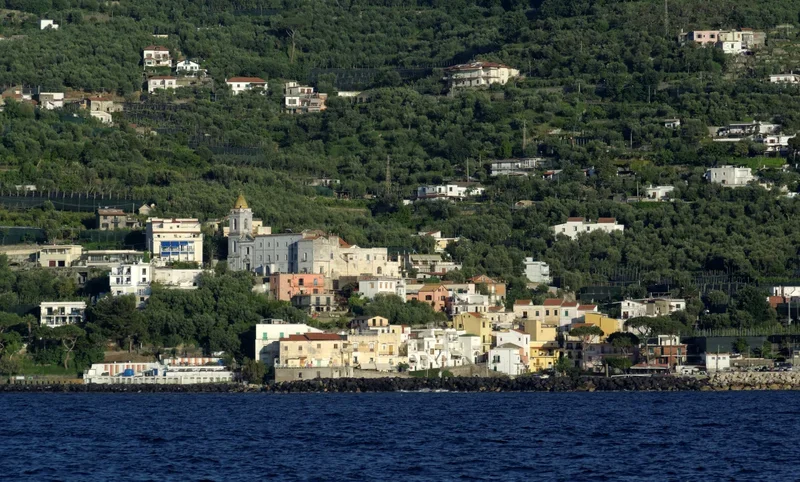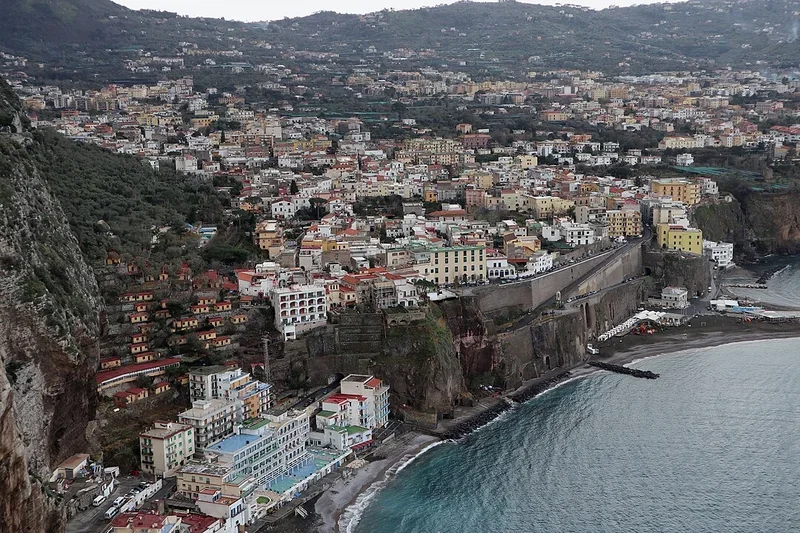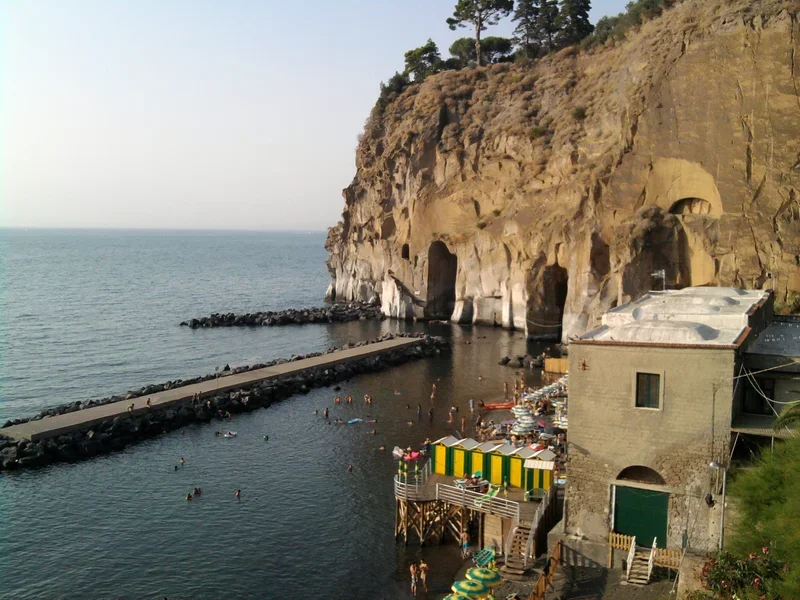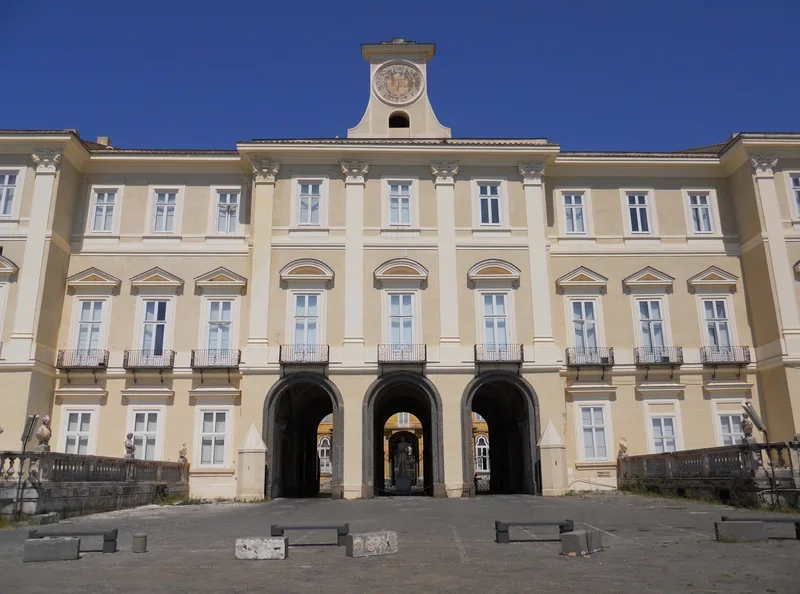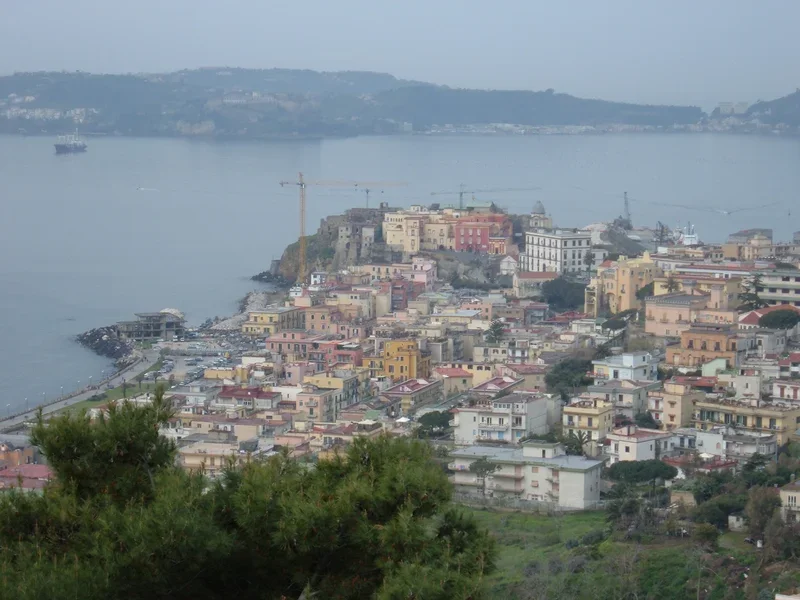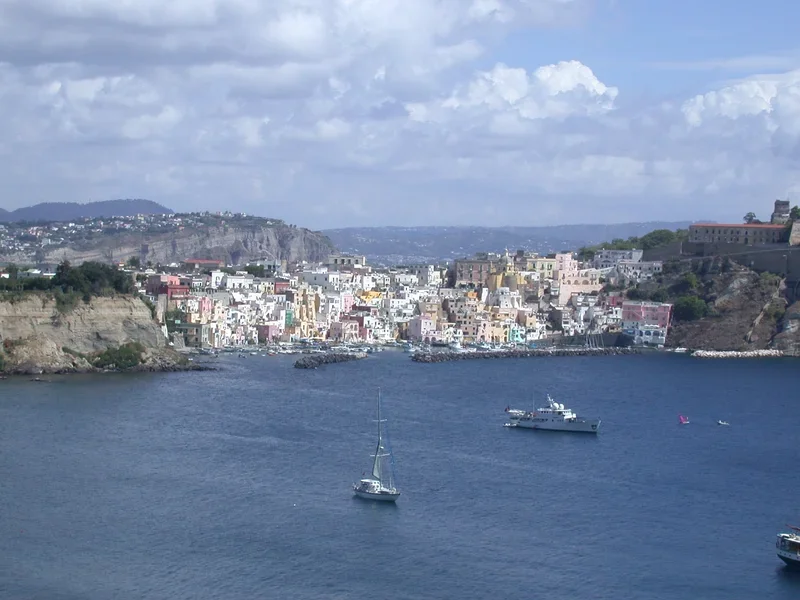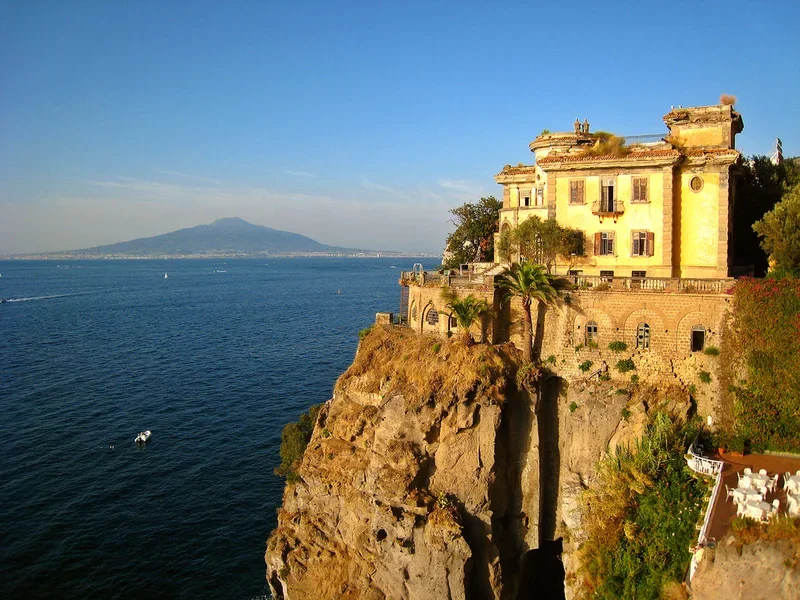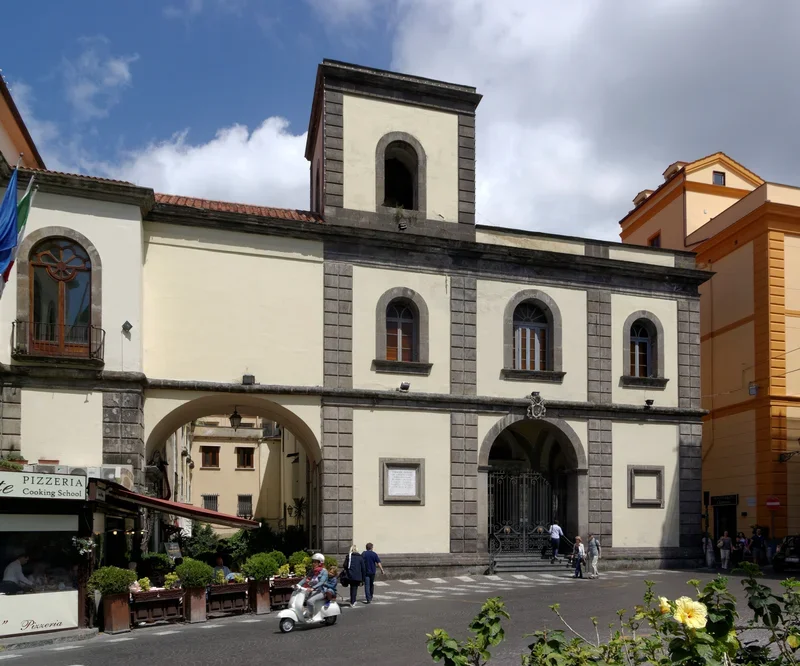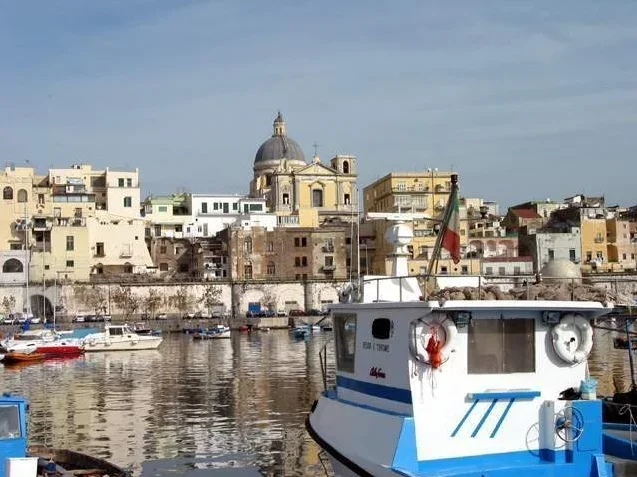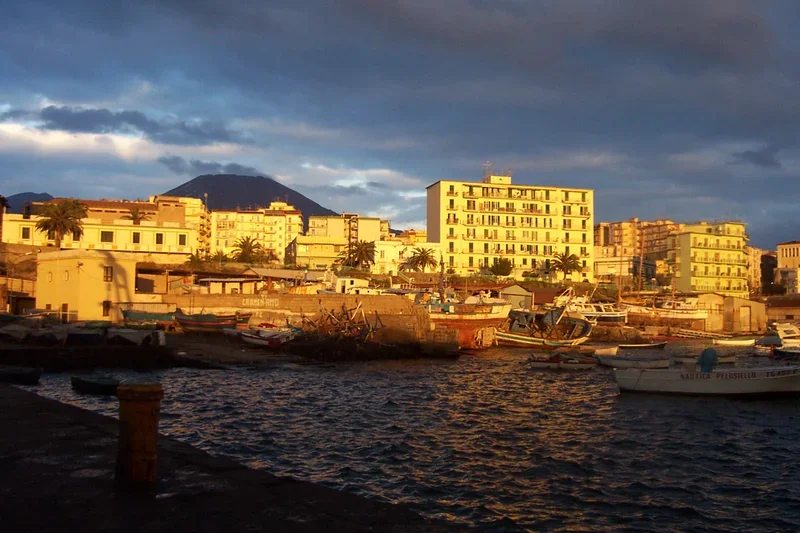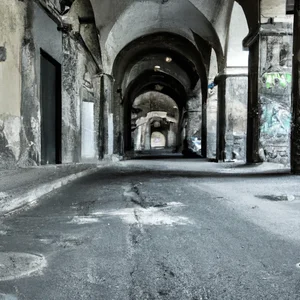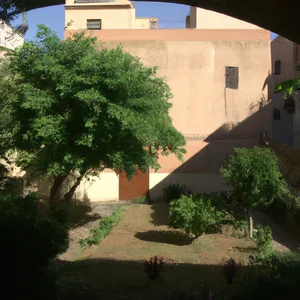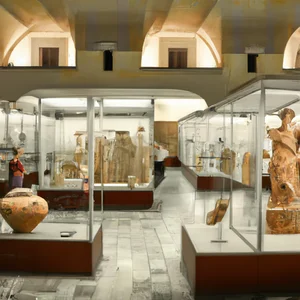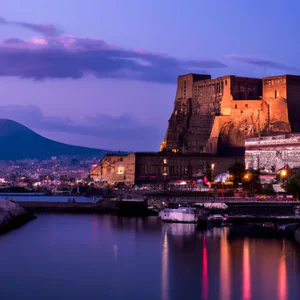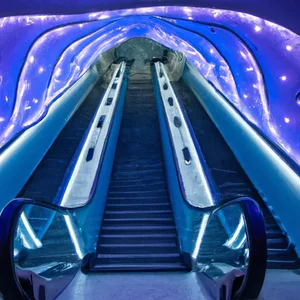Book your experience
Discover Naples: 5 cinema and TV sets not to be missed during your visit
Naples, with its extraordinary history, vibrant culture and breathtaking landscape, is one of Italy’s most fascinating cities and an ideal set for film and television. It is no surprise that many directors and producers have chosen this city as the backdrop for their works, capturing the unique essence of a place where the past and present intertwine in a kaleidoscope of colours, sounds and flavours. If you are planning a visit to Naples, you cannot miss the iconic places that have served as the stage for unforgettable films and TV series.
In this article, we will take you to explore five film sets that not only tell fascinating stories, but also offer an authentic and immersive experience into daily Neapolitan life. From the majestic Piazza del Plebiscito, the focal point of the cultural and political life of the city, to the characteristic alleys of Spaccanapoli, where time seems to have stopped, each stop represents a journey through the history and traditions of Naples.
There will also be places of extraordinary beauty such as Lungomare Caracciolo, where the panorama of the Gulf of Naples will leave you breathless, and the Teatro San Carlo, one of the oldest and most prestigious opera houses in the world. Each set you visit will not only allow you to relive famous scenes, but will also offer you the opportunity to discover the authenticity of a city that fascinates and surprises in every corner. Get ready to immerse yourself in a unique experience, where cinema and reality merge in an indissoluble embrace.
Piazza del Plebiscito
Description
The Piazza del Plebiscito is one of the largest and most important squares in Naples. Located in the heart of the city, this square is surrounded by historic buildings and monuments of great artistic and cultural value.
History
The square was designed in the 19th century by the architect Leopoldo Laperuta and was built to celebrate the plebiscite which sanctioned the annexation of the Kingdom of the Two Sicilies to the Kingdom of Italy in 1860.
Monuments and Attractions
In the center of the square is the imposing Basilica of San Francesco di Paola, inspired by the Pantheon in Rome. On the sides of the square stand the Royal Palace, the Prefecture and the Church of San Ferdinando. The square is also home to cultural events and public events, such as concerts and celebrations.
The Piazza del Plebiscito is a meeting and walking place for Neapolitans and tourists, who can enjoy a spectacular view of the city and the Gulf of Naples.
Visiting the Piazza del Plebiscito is an unmissable experience for anyone who wants to know the history and beauty of Naples.
Spaccanapoli
Description
Spaccanapoli is one of the most famous and ancient streets of Naples, which crosses the historic center of the city dividing the center into two parts. About 2 km long, this narrow and picturesque street is rich in history, culture and tradition, and is an unmissable place for anyone visiting Naples.
What to See
Along Spaccanapoli it is possible to admire numerous historic buildings, churches, noble palaces, artisan workshops and traditional shops. Among the main points of interest along this road are the Basilica of Santa Chiara, the Monumental Complex of San Lorenzo Maggiore, the Church of Gesù Nuovo and the Sansevero Chapel Museum with the famous "Veiled Christ" by Giuseppe Sanmartino.
Atmosphere and Traditions
Walking along Spaccanapoli means completely immersing yourself in the authentic and vibrant atmosphere of Naples. The narrow streets, colorful alleys, the scents of local craftsmanship and the sounds of everyday life create a unique and unforgettable experience.
Here it is possible to savor the true Neapolitan soul, with its traditions, its flavors and its typical gestures. Along Spaccanapoli there are numerous restaurants, pizzerias, trattorias and pastry shops where it is possible to taste the delicacies of Neapolitan cuisine, such as pizza margherita, Sfogliatella and espresso coffee.
Spaccanapoli is also an ideal place for shopping, with its fashion boutiques, jewellery, ceramics and art objects typical of the Neapolitan tradition. It is possible to purchase unique and original souvenirs that best represent the local culture.
Furthermore, cultural events, exhibitions, concerts and demonstrations often take place along this road which enliven the beating heart of the city, offering a unique opportunity to discover the most authentic and lively Naples.
Castel dell 'Ovo
History and curiosities
The Castel dell'Ovo is one of the most iconic symbols of Naples. Located on a small island in the Gulf of Naples, this castle dates back to the Roman period and has a history full of legends and mysteries.
According to legend, the castle's name comes from a magical egg hidden under a column which, if it had been broken, would have led to the fall of the castle and the destruction of the city. Even today, many believe that the egg is hidden within the castle walls.
Castel dell'Ovo has undergone several transformations over the centuries and today hosts cultural events, art exhibitions and concerts. Its terraces offer breathtaking views of the Gulf of Naples and Vesuvius, making it a perfect place to admire the sunset over the city.
Visiting the Castel dell'Ovo is a unique experience that will allow you to immerse yourself in the history and culture of Naples. During your visit, don't forget to explore the internal rooms of the castle, where you will find archaeological finds and works of art that tell the long history of this fascinating structure.
Spanish Quarter
Description
The Spanish Quarters are one of the most characteristic and evocative places in Naples. Located in the heart of the city, between Via Toledo and the seafront, they are known for their narrow, winding streets, colorful alleys and the lively atmosphere that distinguishes them.
History
The Quartieri Spagnoli owe their name to the period in which Naples was governed by the Spanish, in the 16th century. During that period, the area was the subject of intense urbanization work which led to the creation of a complex of residential buildings intended mainly for Spanish soldiers and their families.
With the passage of time, the Spanish Quarters have become one of the symbols of the city, with their typical popular housing and the numerous shops, workshops and markets that enliven the streets.
What to see
Visiting the Quartieri Spagnoli means immersing yourself in the true essence of Naples, among its inhabitants, its colors and its smells. Among the attractions not to be missed are the Church of Santa Maria Francesca delle Cinque Piaghe, the Palazzo dello Spagnolo and the famous Via San Gregorio Armeno, known for its workshops of artisans who create traditional Neapolitan nativity scenes.
Furthermore, walking through the Quartieri Spagnoli means discovering suggestive corners and breathtaking panoramic views, which offer a unique view of the city and the Gulf of Naples.
The Quartieri Spagnoli are also the ideal place to savor true Neapolitan cuisine, with its traditional trattorias and pizzerias offering typical dishes such as pizza margherita, pasta and beans and Sfogliatella.
In short, the Quartieri Spagnoli are a true concentration of tradition, history and authenticity, which cannot be missing from the list of things to see during a visit to Naples.
Lungomare Caracciolo
Description
The Lungomare Caracciolo is one of the most famous and panoramic streets in Naples. It extends for approximately 2 kilometers along the sea, offering breathtaking views of the Gulf of Naples and Vesuvius. The walk along the seafront is one of the favorite activities for residents and tourists, especially at sunset when the sun dives into the sea creating a magical atmosphere.
What to do
Along the Lungomare Caracciolo you can take a pleasant walk, stop in one of the numerous bars and restaurants to taste Neapolitan cuisine or simply sit on a bench to enjoy the view. During the day it is possible to rent a bicycle and travel along the entire seafront up to Castel dell'Ovo. In the evening, however, the Lungomare comes alive with clubs and discos where you can spend a fun evening.
Curiosities
The Lungomare Caracciolo was named after the famous Neapolitan admiral Francesco Caracciolo, who fought for the independence of the Kingdom of Naples during the Napoleonic wars. Along the seafront there are also the famous fountains of the Artichoke and the Lion, symbols of the city of Naples.
Teatro San Carlo
History and Information
The Teatro di San Carlo is one of the oldest and most prestigious opera houses in the world. Located in Piazza del Plebiscito in Naples, it was inaugurated in 1737 and is considered the oldest opera house in Europe still in operation. The theater was designed by architects Giovanni Antonio Medrano and Angelo Carasale and has a capacity of approximately 1400 spectators.
The San Carlo Theater was built at the behest of the sovereign Charles of Bourbon and hosted numerous world premieres of famous works by composers such as Rossini, Donizetti, Bellini and Verdi. It was also the place where many of Mozart's works were performed.
The theater is famous for its extraordinary acoustics and the beauty of its interiors, decorated with sumptuous frescoes and gilded decorations. The stage is one of the largest in Europe and the theater is equipped with a cutting-edge stage design system that allows the creation of shows of great visual impact.
The San Carlo Theater was seriously damaged during the Second World War but was subsequently restored and reopened to the public in 1948. Today the theater continues to be one of the main cultural attractions of Naples, offering a rich program of operas , ballets and concerts.
Capodimonte Museum
Information on the Capodimonte Museum in Naples
The Capodimonte Museum is one of the main cultural attractions of Naples. Located within a magnificent royal palace, the museum houses a vast collection of works of art ranging from the Middle Ages to the Renaissance and beyond. Among the most famous works exhibited at the museum are paintings by famous artists such as Caravaggio, Raphael, Titian and Botticelli.
The Capodimonte Museum is also famous for its collection of porcelain and decorative art objects, which represent an important artistic and cultural heritage. In addition to the works exhibited inside the palace, the museum also includes an outdoor park with sculptures and fountains, which offers a pleasant walk surrounded by nature.
The museum is located in a panoramic position that offers a spectacular view of the city of Naples and Vesuvius. Its hilly position makes it an ideal place to enjoy some tranquility and relaxation away from the chaos of the city.
The Capodimonte Museum is easily accessible by public transport and offers guided tours for visitors interested in learning about the history and works of art on display. It is advisable to dedicate at least a couple of hours to visiting the museum to fully appreciate its rich collection.
Via Toledo
Description
Via Toledo is one of the most famous and important streets in Naples. It extends for approximately 1.2 kilometres, starting from Piazza Trieste e Trento and reaching Piazza Dante. The street is known for being one of the main shopping streets of the city, with a large variety of shops, boutiques and restaurants.
History
The Via Toledo has a long history dating back to the 16th century, when it was built by the Spanish viceroy Pedro Álvarez de Toledo, from whom it takes its name. Originally called Strada di Largo di Palazzo, it was renamed Via Toledo in 1870 in honor of the viceroy. Over the centuries, the road has been the scene of important historical events and has seen illustrious people pass by.
Points of interest
Along Via Toledo it is possible to admire several historic buildings, including the Palazzo Berio, the Palazzo della Banca d'Italia and the Galleria Umberto I. Furthermore, the street is crossed by several streets and alleys that lead to places of interest such as the Spagnoli Quarter, the Town Hall Square and the San Carlo Theatre. Via Toledo is also known for the presence of numerous churches, including the Church of San Ferdinando and the Church of Santa Maria di Montesanto.
The street is frequented by both residents and tourists, who appreciate it for its liveliness and the unique atmosphere that can be felt there. Numerous cultural events and demonstrations are held along Via Toledo, making it one of the liveliest and liveliest areas of the city.
Rione Sanità
Description
The Rione Sanità is one of the oldest and most characteristic neighborhoods of Naples, located in the hilly area of the city. Known for its history rich in traditions and legends, the Rione Sanità is a fascinating place to explore during a visit to Naples.
What to see
One of the main attractions of the Rione Sanità is the Fontanelle Cemetery, a mysterious and evocative place where the famous "pezzentelle souls" are kept. These are skeletons of unknown people who are venerated by the faithful who go there to ask for graces and favors.
Another unmissable stop is the Basilica of Santa Maria della Sanità, a baroque jewel which houses frescoes of great artistic value. The church is located on a hill that offers a breathtaking view of the city of Naples.
Finally, you cannot visit the Rione Sanità without taking a walk along its narrow and winding streets, where you can admire the typical Neapolitan architecture and savor the authentic atmosphere of the neighborhood.
What to eat
The Sanità district is also famous for its culinary tradition. Here it is possible to taste typical dishes of Neapolitan cuisine, such as fried pizza, fried fish and curly puff pastry. Furthermore, the neighborhood is full of trattorias and restaurants where it is possible to taste the authentic flavors of the local tradition.
In conclusion, the Rione Sanità is a place rich in history, culture and traditions that is absolutely worth visiting during a stay in Naples. With its unique attractions and its authentic atmosphere, this neighborhood represents an essential stop for those who want to discover the true heart of the Neapolitan city.

